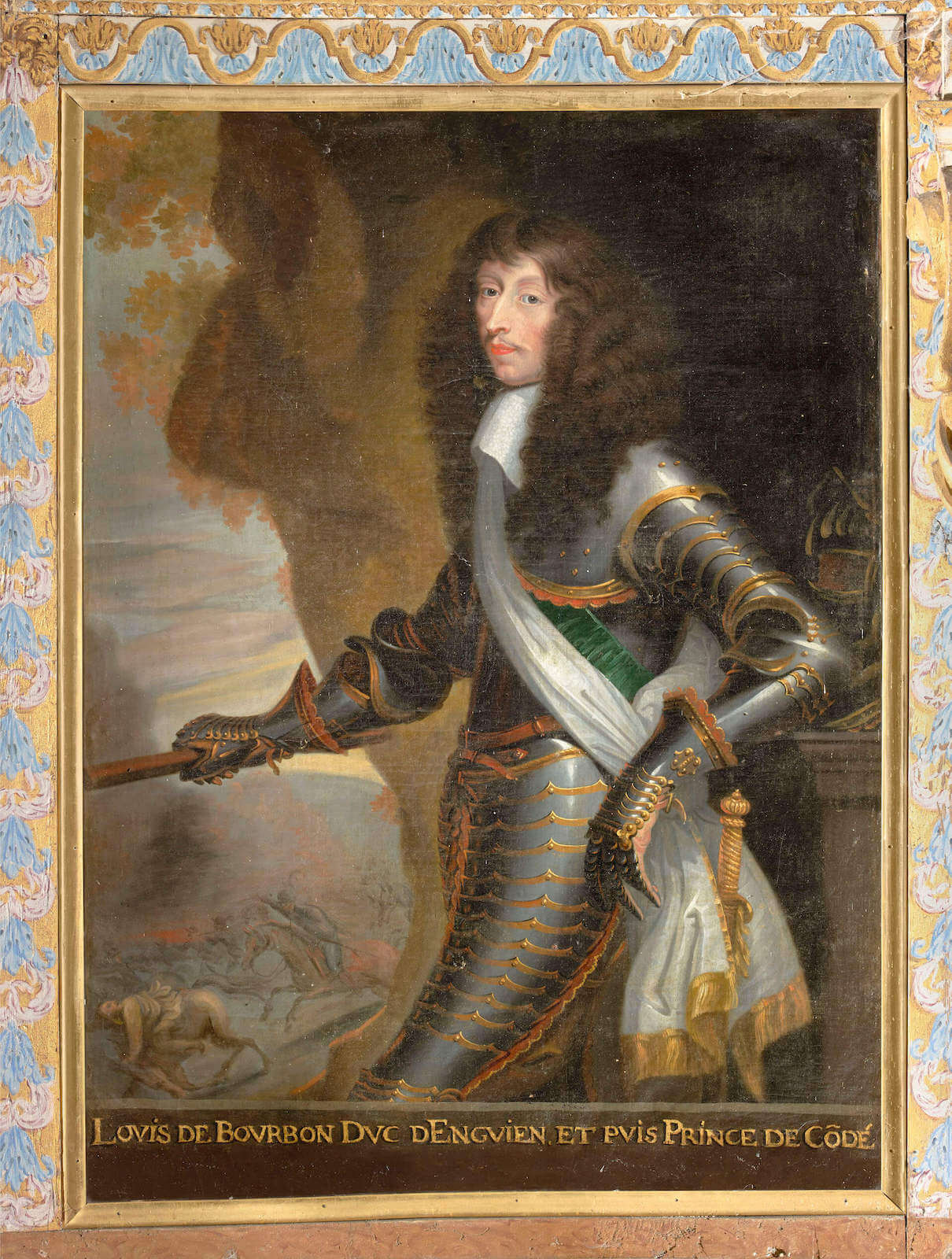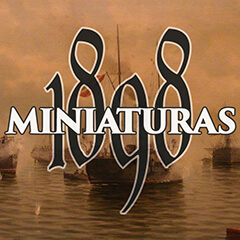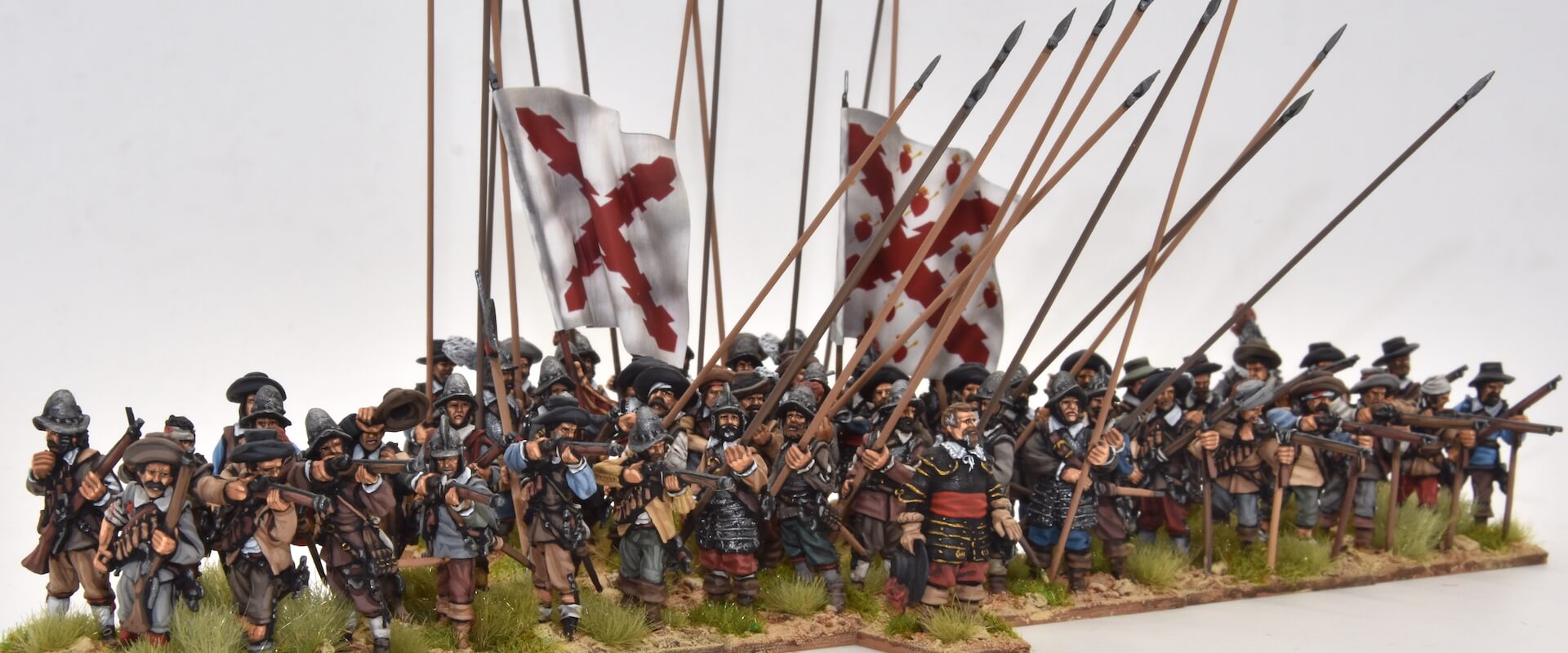On May 19th, 1643, the armies of Spain and the kingdom of France faced a decisive battle next to the small fortress of Rocroi, in northern France.
The Spanish and French crowns have been at war since 1635, the year in which Louis XIII’s Prime Minister, Cardinal Richelieu, decided to enter in the Thirty Years’ War to avoid the victory of the Habsburgs after the Swedish collapse in Nördlingen. Until 1640, the conflict developed in favor of Spain. However, the revolts in Catalonia and Portugal, together with the first setbacks (the loss of Arras and the failures of Turin and Casale), signal a change of cycle. France, with stronger forces thanks to Richelieu’s administrative reforms and the network of alliances woven by him, takes the initiative and attacks the weak points of the Spanish Monarchy: Catalonia and the Franche-Comté.
The Spanish Low Countries, which is home to the best fighting force of the monarchy, the Army of Flanders, and is located a short distance from Paris, become the front where Felipe IV turns his resources to divert the French offensives in Catalonia and Burgundy. In May 1643, the Army of Flanders, commanded by Francisco de Melo, Governor of the Spanish Low Countries, invaded northern France. Louis XIII died on the 14th, and the regency of Louis XIV, five years old, was left to Ana de Austria and Richelieu’s successor, Mazarino.

Francisco de Melo (1597-1651), Governor of the Spanish Low Countries and commander of the Army of Flanders. Engraving on paper by Antony van der Does (1609-1680), Rijksmuseum, Amsterdam.
If the Spanish forces achieve major victories, the many aristocratic rivals of the regent queen and Mazarino may rebel, so the regency concentrates its best forces on Picardy. A young man of just twenty-one and a relative of the king, Louis de Bourbon, Duke of Enghien, takes command. He is seconded by experienced officers such as the Marquis de La Ferté-Senneterre and Jean de Gassion.
The battle of Rocroi
While the French are mobilized, Melo, supported by the old Count de Fontaine and the younger ones Isenburg and Albuquerque, besieges the small fortified town of Rocroi, in Champagne. On May 18th, the French army approaches Rocroi to help the besieged, and Melo sends urgent mails to Jean de Beck to come with reinforcements from Luxembourg. In the afternoon, both armies form for battle. The infantry are arranged in the center and the cavalry on the wings. In accordance with Swedish practice, Enghien insert musketeers among his cavalry, but Fontaine did not do so despite the advice of Albuquerque.

Count Paul-Bernard de Fontaine (1566-1643). Gout sick, he had to be carried in a chair. Engraving on paper by Pieter de Jode (1628-1670), Rijksmuseum, Amsterdam.
On the morning of the 19th the battle breaks out. After the respective prayers and an exchange of artillery fire, the Spanish cavalry charged from both flanks and put the French to flight. The horsemen of Isenburg and Albuquerque reach the French cannons.
Enghien strikes back: his battle line attacks the Spanish cavalry as the wings of Gassion and La Ferté-Senneterre return to combat and completely disrupt the Spanish cavalry, which flees from the battlefield. The French infantry of the center advances against the first line of Spanish infantry, unmoving until then, and engage in a bloody combat. Fontaine, gout sick and carried in a chair, is shot dead. The count of Villalba and Antonio de Velandia also fall.
Melo takes command in person while Albuquerque and Isenburg manage to rearrange part of the cavalry wings. However, the best cohesion of the French horsemen prevails and the Spanish infantry remains alone.

Louis de Bourbon (1621-1686), Duke of Enghien, French commander in the battle of Rocroi. Oil on canvas, anonimous, Château de Bussy-Rabutin.
Enghien launches his infantry head-on against the German regiments and the Walloon Tercios that close the lines of Hispanic infantry. Harassed in turn by the French cavalry from the flanks, the Walloons and the Germans disband after suffering numerous casualties. The Italian Tercios manage to retreat with a certain order, followed by Melo and the little cavalry that remains, leaving the Spanish infantry isolated in the center. To resist French charges, the Spanish form a gigantic squadron of thousands of men.
After repeated cavalry charges, also diminished by French musketeer fire, and before Enghien threat to gun them down with shrapnel, the Spanish commanders surrendered with pacts, like a besieged fortress, something unprecedented until then in a pitched battle. The Army of Flanders suffers 10,000 casualties including dead, wounded and prisoners against some 4,000 French. The regency of Ana of Austria and Mazarino has been saved and Melo has lost his best troops.
Despite the French defeat at Tuttlingen that November, the battle of Rocroi opens the door to great French advances in successive years. The truce of 1647 with the United Provinces and the Peace of Westphalia, the following year, will allow Philip IV to rebuild his position in Flanders.





Recent Comments